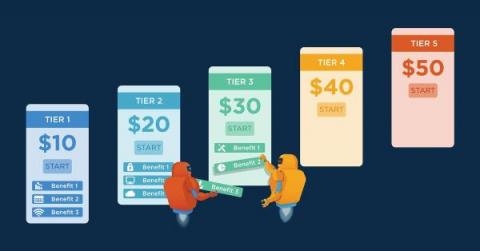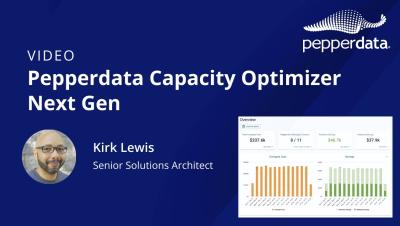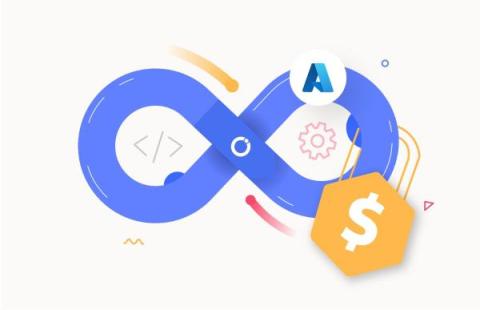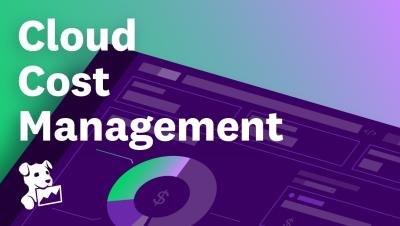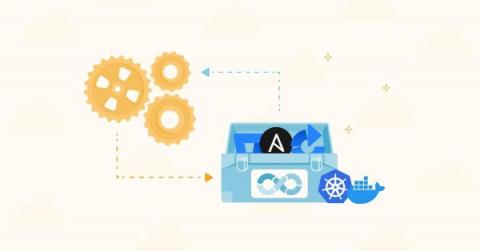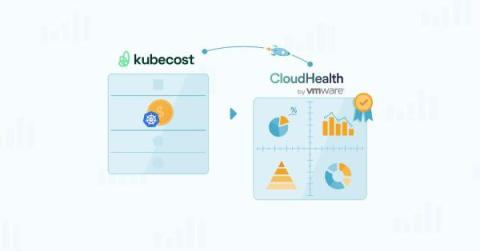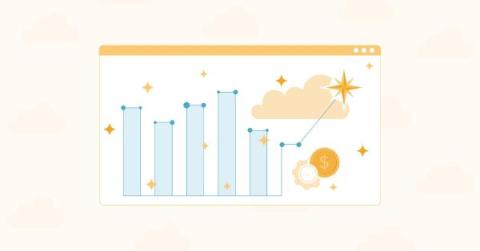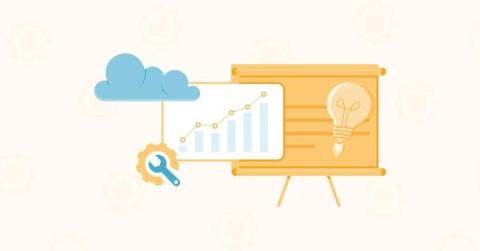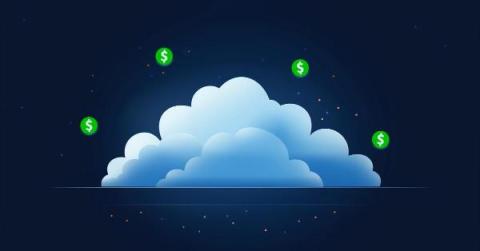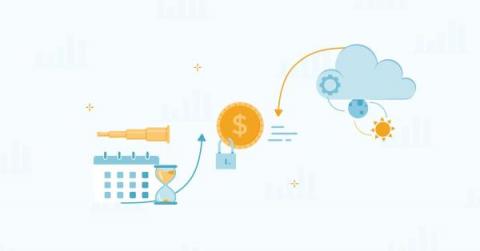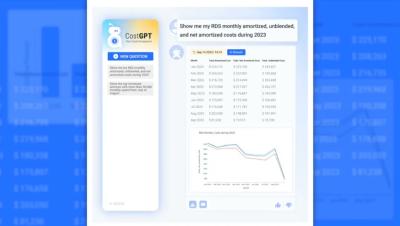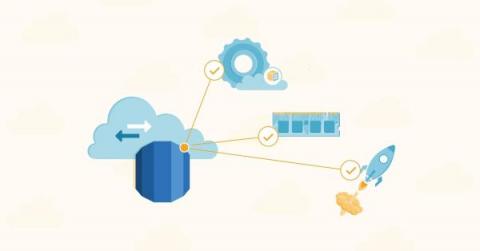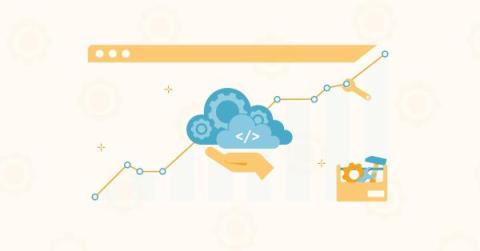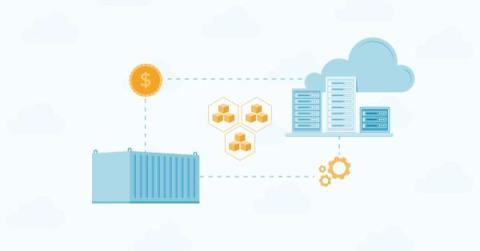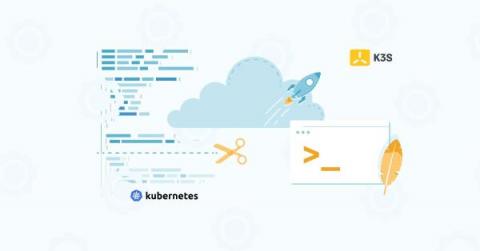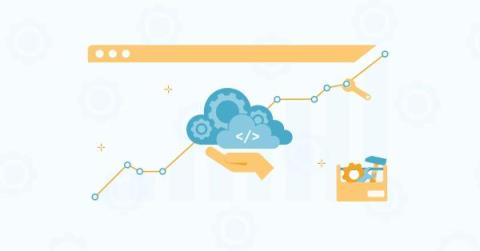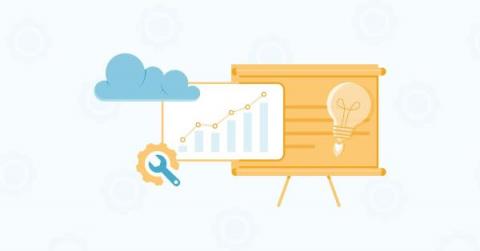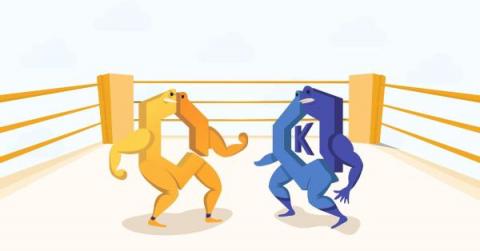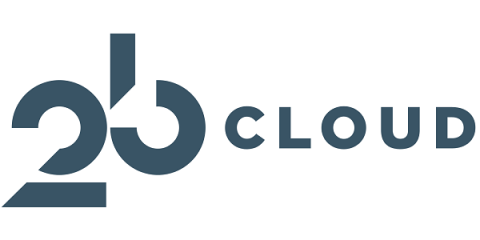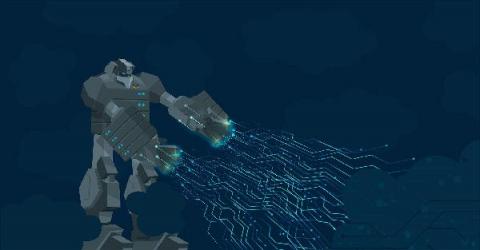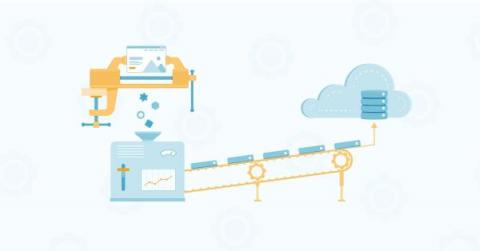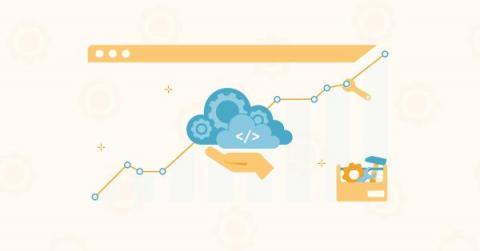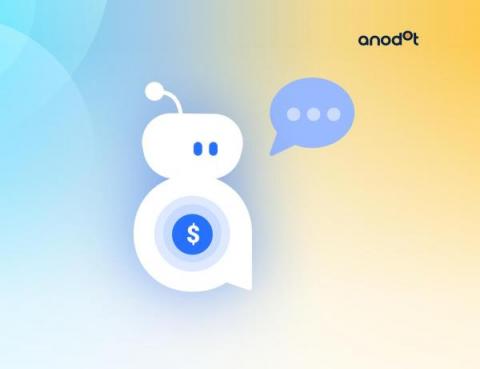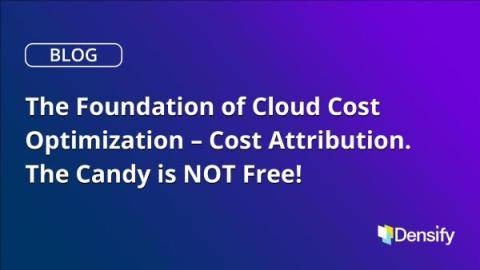Operations | Monitoring | ITSM | DevOps | Cloud
September 2023
Pepperdata Capacity Optimizer Next Gen: How Pepperdata Can Save 30% Off Your Cloud Bill
The importance of Azure cost to DevOps
Datadog Cloud Cost Management: Actionable Cost Data
Optimization Without Recommendations: Automating Your Cost Optimization on Amazon EKS
31 Crucial DevOps Automation Tools Your Team Needs In 2023
The Limitations Of Combining CloudHealth And Kubecost
Why Unit Cost Must Be Your North Star Metric In The Cloud
Single-Tenant Vs. Multi-Tenant Cloud: When To Use Each
Cloud Cost Optimization Best Practices
Businesses are rapidly transitioning to the cloud, making effective cloud cost management vital. This article discusses best practices that you can use to help reduce cloud costs.
CapEx Vs. OpEx In The Cloud: 10 Key Differences
Introducing CostGPT
The Ultimate RDS Instance Types Guide: What You Need To Know
Real-Time Cost Optimization: Application Level FinOps for Spark on Amazon EMR and Amazon EKS
Best Global Cities For A Career In Tech
ECS Vs. EC2 Vs. S3 Vs. Lambda: The Ultimate Comparison
AWS Savings Plans Vs. Reserved Instances: When To Use Each
K3s Vs K8s: What's The Difference? (And When To Use Each)
Cloud Efficiency Rate: A New Metric To Quantify Cloud-Native Business Value
Top Cloud Cost News From August 2023
Amazon ECS Vs. EKS Vs. Fargate: The Complete Comparison
FinOps Focus: Cost Management vs. Cost Optimization
Rethinking Cost Optimization Cost Optimization is a term that has been around for a while when discussing Cloud cost, and to a larger extent the practice of FinOps. It is usually what most people associate with FinOps when they hear those terms initially, but is that the correct term to use?
What Is AWS EMR? Here's Everything You Need To Know
31+ Must-Have ETL Tools In 2023
Strategies to Manage Business Utility Costs Effectively
Cloud Cost Dashboards: What "A Single Pane Of Glass" Really Means
CostGPT: Anodot's AI Tool Revolutionizing Cloud Cost Insights
It’s pretty clear that AI is changing how people consume, create, and extract data and information. When it comes to cloud costs, having everything automated can give our users personalized analysis without spending much time on it. Imagine resolving these frequent cloud cost challenges with a simple search: Get ready because this dream is about to turn into reality! Our new AI tool, CostGPT provides instant insights into cloud cost structure.
The Foundation of Cloud Optimization - Cloud Tagging Strategy
Cloud Tagging should be automated, not left to humans. Optimization in the cloud is actually really simple. Here’s how we get our customers thinking differently which in turn makes them successful. “To your developers the cloud is like a candy store is to a kid where all the candy is free”. Just as parents need to teach their kids the value of money, you need to teach your developers the value of cloud spend.


